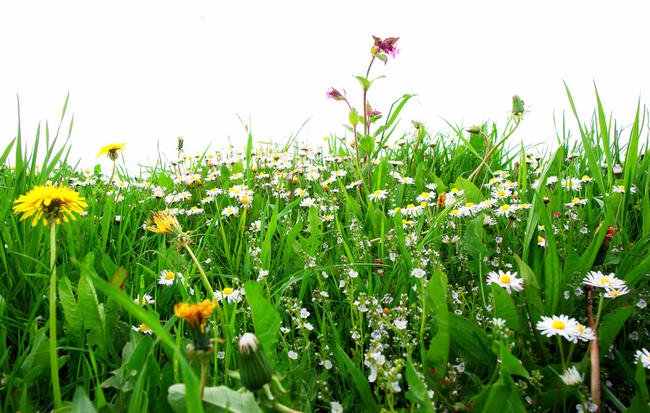Feb 16, 2018
Staying Out of the Weeds
How do you successfully “stay out of the weeds” and “stay at the 30,000 foot level” when developing strategic plans? Our experience tells us this is an area of considerable difficulty for some people. The fact is that most people – by their very nature – find it easier to develop a short-term tactical solution than a long-term strategic solution to a problem. How do you change the orientation and thinking of people to this higher level thinking?
Strategic thinkers, by their very nature and discipline, tend to seek structural and systemic solutions to problems identified by research. For example, let’s assume that a small college has identified that “food” and “food service” has been identified as an issue in the research for strategic planning. Here is how different thinkers would solve that problem.
- The operational thinker would revert to a personnel issue and want to fire the food service director.
- The tactical thinker would likely assume that this problem could be addressed by firing the food service provider and hire a more effective vendor.
- The strategic thinker would see “food” and “dining” as an extension of nutrition, wellness, and building community and would look to the mission of the college (which speaks to these issues) to build a dining experience that is congruent with the educational philosophy of the college.
It turns out that strategic thinkers are always “pushing up”, seeking to identify the higher level or systemic issue to a problem. They look at the symptoms indicated in the research as clues to what the larger issues really are to be revealed. Doctors don’t tell patients complaining of a stuffy nose and sneezing that they are suffering from “stuffy nose” disease. No, they look at these symptoms as a picture of a larger condition and then try to treat the condition.
Staying out of the weeds requires great discipline. Remind your strategic teams to “push up” and use the issues revealed in the research as clues to a larger, more systemic issue. Then, treat the issue with a structural or systemic change. It’s not easy, but it is far better to view the world from 30,000 feet than to be stuck in the weeds.

